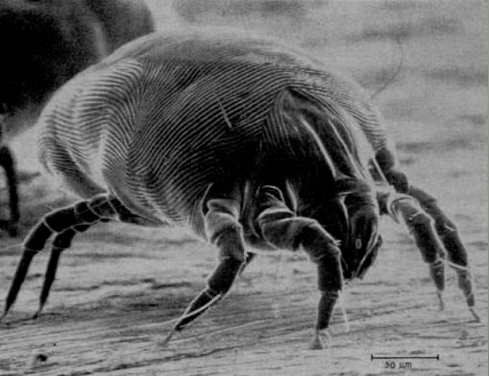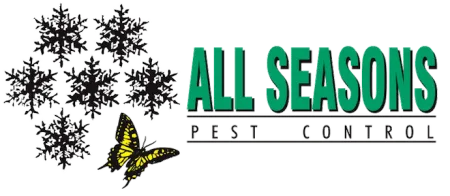House Dust Mites (dermatophagoides farinae)
Habitat
The most common area for finding mites is in the bed due to abundance of dander. House dust mites may also be found in living areas especially carpet, furniture, and clothing. Several home test kits are available to test for dust mites.
Habits
House dust mites feed on dander (dead skin which is shed) from humans and animals. They may also feed on protein based foodstuffs, preferring dried products over products with moisture. Females lay up to 80 eggs and there are several stages of immatures. Populations can explode during humid months as mites are excellent at absorbing moisture from the air.
Region
Control / Prevention
Frequently change bed linens. Use mattress encasement with a cover tested for house dust mites. Vacuum areas frequently using a HEPA filter vacuum. Keep humidity low when possible; heating or freezing infested fabric. A professional pest management firm can inspect and identify mites in living areas and provide further guidance on control. There are very few products available for the control of house dust mites.
Threats
People may be allergic to house dust mite cast skins and droppings. These reactions will not be a rash type of reaction but rather a respiratory constriction, a common symptom of asthma. Itchy, watery eyes may also be symptoms. Approximately 50-80% of asthmatics may have symptoms due to house dust mites.
Photos

